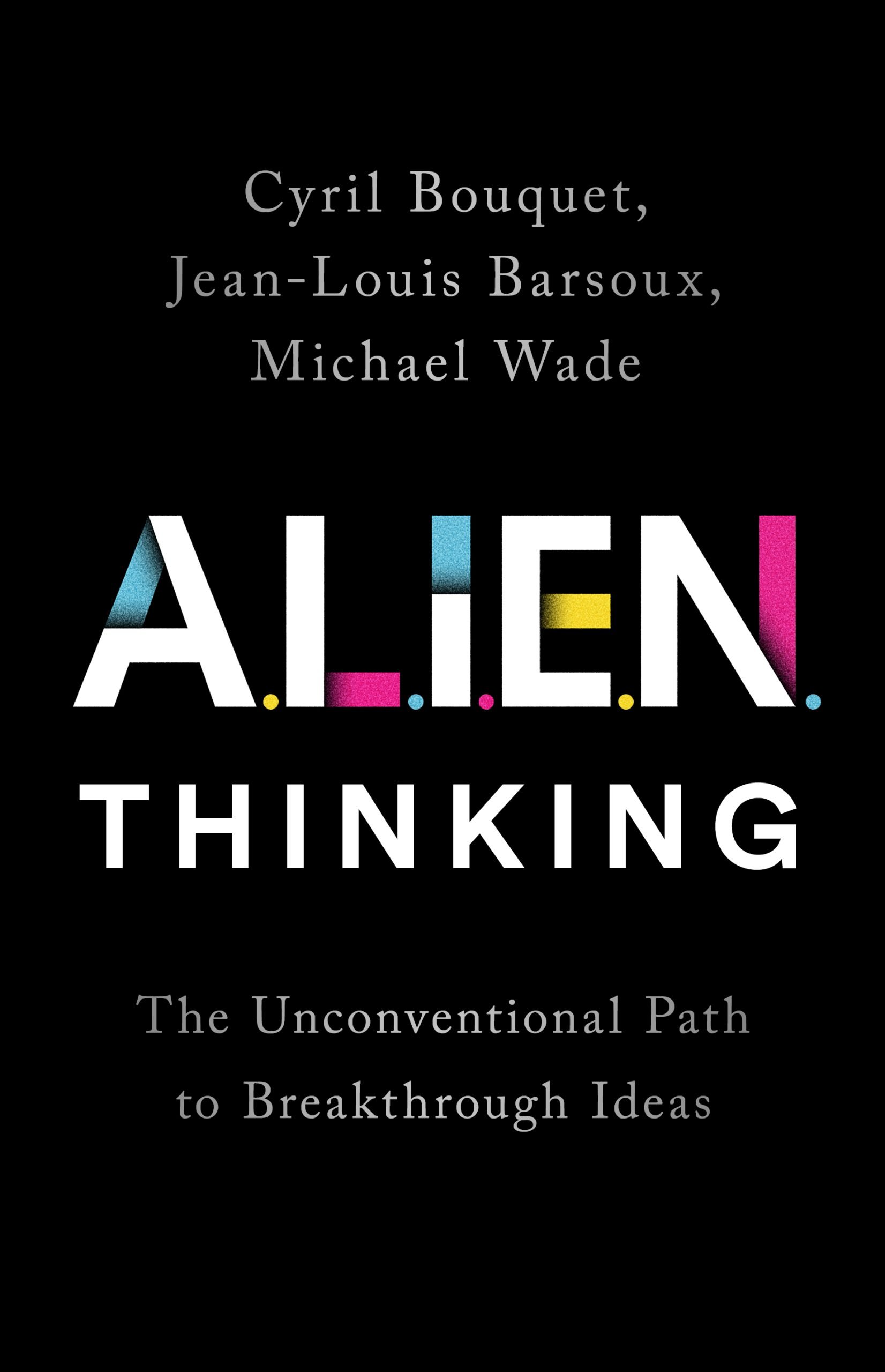Melinda Rolfs’ innovation journey began in 2014—the year her attention was first drawn to charitable giving. While working at Mastercard Advisors, the company’s consulting arm, she observed that “there seemed to be one major natural disaster after another. And in our offices there was one of those big screen TVs with CNN on it, and I was just constantly seeing these images of people who had so little to begin with and had lost absolutely everything.” This caused her to wonder what Mastercard could do to help the organizations providing relief. After reflecting on the problem, she stepped back to get a wider view of what her company could do with the resources at its disposal.
 She soon realized that the transaction data collected by Mastercard uncovered not just spending but also giving. Based on this critical insight, she narrowed her focus to better understanding the needs of charitable organizations. She saw that they lacked both access to data about donors and the ability to use it. It turned out that most charitable organizations were unsophisticated about extracting value from data and analytics. At best, they would study donation trends using large data sets (like those based on IRS information), but these data sets provided very little information that was timely or granular.
She soon realized that the transaction data collected by Mastercard uncovered not just spending but also giving. Based on this critical insight, she narrowed her focus to better understanding the needs of charitable organizations. She saw that they lacked both access to data about donors and the ability to use it. It turned out that most charitable organizations were unsophisticated about extracting value from data and analytics. At best, they would study donation trends using large data sets (like those based on IRS information), but these data sets provided very little information that was timely or granular.

She concluded that there was a critical information gap between the data haves and have-nots. Although commercial organizations had plenty of information on consumer spending habits, hardly anyone was compiling meaningful information for the nonprofit sector. Charities were not learning much about when and where to raise funds.
Rolfs decided to try to bridge the information gap. “Maybe there was a way we could leverage our data and analytics for social good,” she later recalled thinking. “Perhaps we could see the trends in individual charitable giving in our data.”
Her breakthrough idea was that Mastercard could make the same kind of data and analytics available to nonprofits—for fundraising purposes—that it was already providing to merchants and financial institutions for commercial gain. The information would be offered free of charge, making it a form of “data philanthropy.”

But to turn this concept into reality, she first needed to test it. So, she entered the idea into the company’s annual innovation contest. “This was a great platform for me because it forced me to think about this idea holistically.” Her idea won the contest, which not only helped her sell the plan to Mastercard bosses but also convinced them to let her lead the initiative.
Today, Rolfs’ unit produces an annual report with a breakout for nine categories—such as education, the environment, health and animal welfare—to help nonprofits benchmark their fundraising performance and see which causes are gaining popularity. It also generates insights on when and how giving occurs and the underlying factors that affect it. These insights serve as an anchor for donation strategies, helping nonprofits plan the timing of their campaigns and capitalize on trends in recurring donations. In addition, the program now includes external data sets on top of Mastercard’s own data. (For example, political donation data has shown that charitable giving takes a significant hit in the months leading up to U.S. elections, both presidential and midterm, because people are giving to their favorite candidates.)
Rolfs sees her ongoing challenge as reaching out to policymakers, nonprofits, academia and the private sector to find ways of unlocking the power of data to create sustainable solutions to society’s greatest problems. “The goal,” said Rolfs, “is to equip organizations focused on social good with the information they need to reach more people and better serve their communities.”
Data philanthropy was not an idea original to Rolfs, but she effectively steered it from an attractive concept to a viable solution—one that brings value for hundreds of thousands of people. To achieve this, Rolfs adroitly applied ALIEN thinking, an acronym base on five principles: paying Attention to an overlooked need; reflecting on the problem, which we call Levitation; using Imagination to come up with a novel solution; then Experimentation to get feedback on the idea; and finally Navigation to sell the solution internally and externally.
The core of her contribution was to combine the human side of philanthropy with the data and digital capabilities of Mastercard. First, she leveraged massive quantities of information from her company’s databases. Neither Rolfs nor anyone else had to physically collect the data. It was created automatically, at an immense scale and in real time. Then she leveraged the power of analytics to generate insights without the biases that often accompany human-based analysis. Finally, she quickly built a comprehensive solution that included data from inside and outside of Mastercard. The quantities of data, strength of unbiased insights and scale of growth could not have been achieved without a combination of human and digital capabilities.
Excerpted from ALIEN Thinking: The Unconventional Path to Breakthrough Ideas by Cyril Bouquet, Jean-Louis Barsoux and Michael Wade. Copyright © 2021. Available from PublicAffairs, an imprint of Hachette Book Group, Inc.






